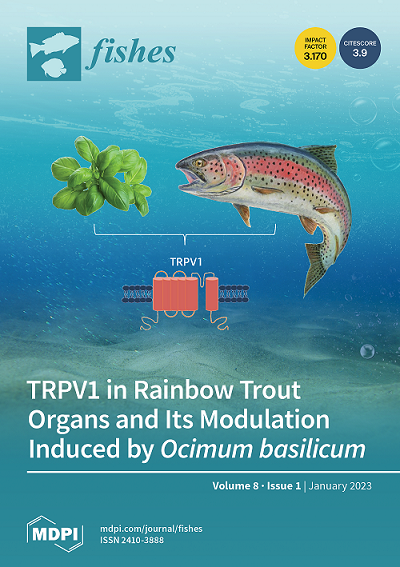Behavior Recognition of Squid Fishing Vessel Crew Based on Deep Learning
IF 2.1
3区 农林科学
Q2 FISHERIES
引用次数: 0
Abstract
Since 1985, China’s pelagic fishing industry has developed rapidly, but it still faces some problems, such as old equipment of fishing vessels, outdated fishing techniques, safety hazards, and non-standard behavior. In recent years, with the development of pelagic fishing, the working environment and monitoring of crew members have become increasingly important. However, traditional methods of pelagic human observers suffer from high costs, low coverage, poor timeliness, and susceptibility to subjective factors. In contrast, the Electronic Monitoring System (EMS) has advantages such as continuous operation under various weather conditions; more objective, transparent, and efficient data; and less interference with fishing operations. This paper shows how the 3DCNN model, LSTM+ResNet model, and TimeSformer model are applied to video-classification tasks, and for the first time, they are applied to an EMS. In addition, this paper tests and compares the application effects of the three models on video classification, and discusses the advantages and challenges of using them for video recognition. Through experiments, we obtained the accuracy and relevant indicators of video recognition using different models. The research results show that when NUM_FRAMES is set to 8, the LSTM+ResNet-50 model has the best performance, with an accuracy of 88.47%, an F1 score of 0.8881, and an map score of 0.8133. Analyzing the EMS for pelagic fishing can improve China’s performance level and management efficiency in pelagic fishing, and promote the development of the fishery knowledge service system and smart fishery engineering.基于深度学习的鱿鱼渔船船员行为识别
1985年以来,中国远洋渔业发展迅速,但仍存在渔船设备陈旧、捕捞技术落后、安全隐患大、行为不规范等问题。近年来,随着远洋渔业的发展,船员的工作环境和监控变得越来越重要。然而,传统的远洋人类观测方法存在成本高、覆盖率低、及时性差、易受主观因素影响等问题。相比之下,电子监控系统(EMS)具有在各种天气条件下连续运行的优点;更加客观、透明和高效的数据;减少对捕鱼作业的干扰。本文介绍了3DCNN模型、LSTM+ResNet模型和TimeSformer模型如何应用于视频分类任务,并首次将其应用于EMS。此外,本文还对三种模型在视频分类中的应用效果进行了测试和比较,并讨论了将它们用于视频识别的优势和挑战。通过实验,我们得到了不同模型下视频识别的准确率和相关指标。研究结果表明,当NUM_FRAMES设置为8时,LSTM+ResNet-50模型的性能最好,准确率为88.47%,F1得分为0.8881,map得分为0.8133。分析远洋渔业环境管理系统,可以提高中国远洋渔业绩效水平和管理效率,促进渔业知识服务体系和智慧渔业工程的发展。
本文章由计算机程序翻译,如有差异,请以英文原文为准。
求助全文
约1分钟内获得全文
求助全文

 求助内容:
求助内容: 应助结果提醒方式:
应助结果提醒方式:


